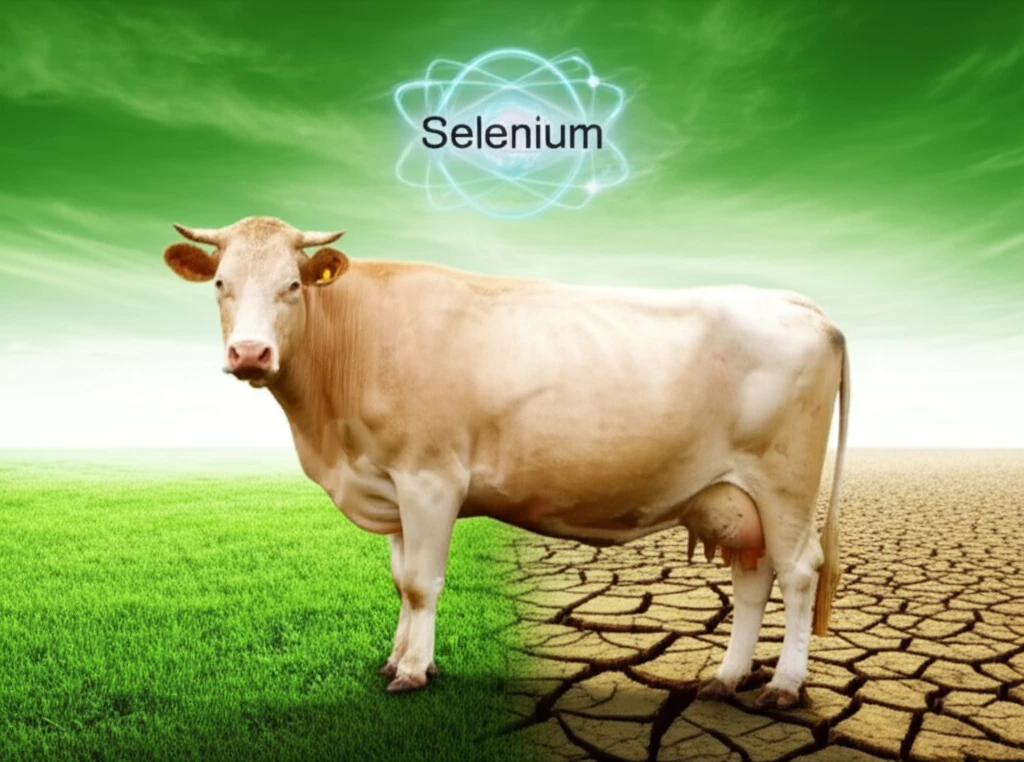
Selenium: The Tiny Nutrient with a Big Impact on Livestock Health
"Balancing Act: How to ensure optimal selenium levels in your animals for improved health and productivity."
Selenium (Se) is a trace element, meaning animals need it in small amounts, but it's crucial for their health. Think of it like a vitamin – too little or too much can cause problems. Selenium plays a vital role in various bodily functions, and understanding its impact can help you optimize your livestock's well-being.
For years, selenium deficiency and toxicity have puzzled farmers and veterinarians. Historically, issues like hoof diseases in horses and "alkali disease" in livestock were later linked to selenium imbalances. These historical accounts highlight the importance of understanding selenium's effects.
This article dives into the world of selenium, exploring its benefits and risks in livestock. We'll discuss how to identify potential problems, ensure your animals get the right amount, and address any imbalances that may arise, using research-backed information to guide you.
Why Selenium is Essential: Unlocking the Benefits for Your Livestock

Selenium is a key component of glutathione peroxidase (GSH-Px), an enzyme that protects cells from damage. Think of it as a cellular bodyguard, preventing oxidative injury. Selenium, through selenoproteins, is also involved in thyroid hormone production and supports normal sperm development.
- Muscle Weakness and White Muscle Disease: Selenium deficiency is infamously known for causing white muscle disease, a condition where muscles degenerate, especially in young animals.
- Impaired Immune Function: Adequate selenium supports a healthy immune system, making animals more resistant to infections.
- Reproductive Problems: Selenium deficiency can lead to reduced fertility, embryonic mortality, and retained placentas in cows.
Finding the Balance: Practical Steps for Managing Selenium in Livestock
The key to successful selenium management is finding the right balance. This involves assessing selenium levels in your area, providing appropriate supplementation when needed, and preventing toxicity by avoiding high-selenium pastures and carefully managing feed.
If you suspect selenium imbalances in your livestock, work with your veterinarian to get an accurate diagnosis. Blood and liver samples are commonly used to assess selenium status. Remember that selenium levels can change over time, so regular monitoring is important.
By understanding the vital role of selenium and taking proactive steps to manage its levels, you can significantly improve the health and productivity of your livestock. A balanced approach to selenium is an investment in the long-term well-being of your animals.
